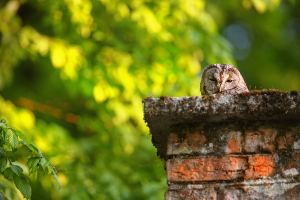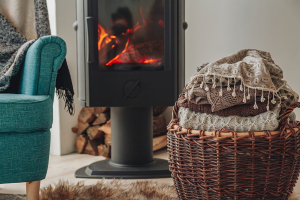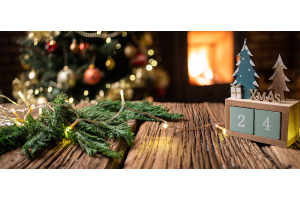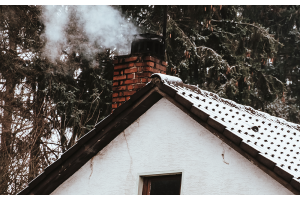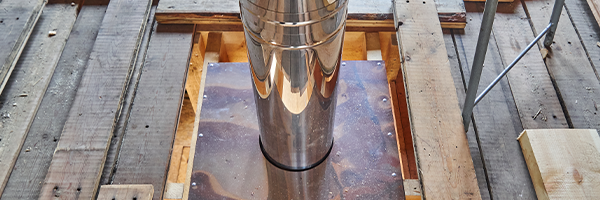
If you are installing a wood burning stove, you will need to have a plate above the stove to block off the bottom of your chimney.
This plate must be made of a solid, non-combustible material. These are often referred to as a closure or register plate but there is a difference between the two.
A register plate should be fitted where a stove vents directly into the chimney - so where the chimney is in a good condition and there is no flue liner connected directly to the stove or stove pipe, this ensures no fumes, especially Carbon Monoxide, escapes back into the room.
The plate should be sealed around the edges of the stove pipe and have an access hate to enable the chimney to be swept.
A Closure Plate serves a different purpose.
It is essentially a cosmetic addition and can also reduce the loss of heat into a chimney that is lined with flexible flue liner.
Because the stove is directly connected to the flexible flue liner, the closure plate isn’t required to be sealed in the same way as a register plate.
A closure plate does not need an access hatch for sweeping as the chimney can be swept either via the stove or through a removable sweeping plate on the stove pipe.
A chimney should be swept at least once a year.

